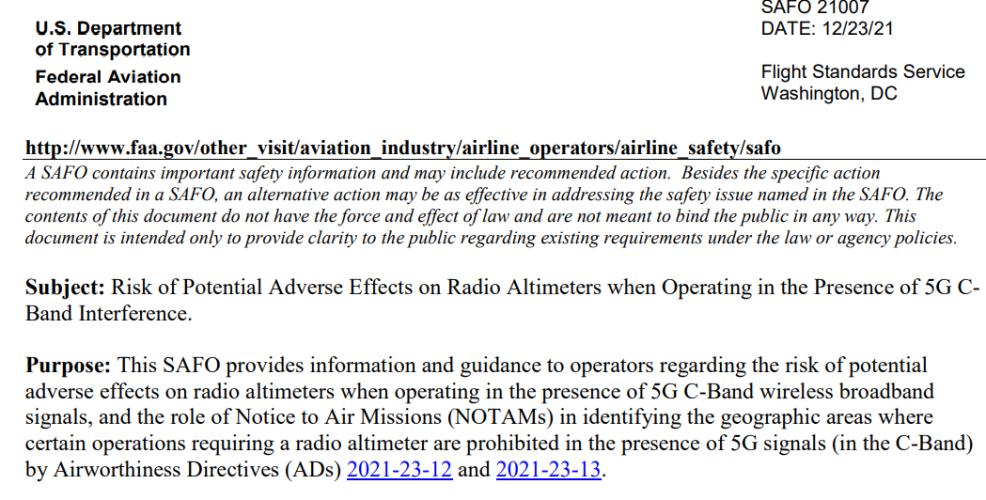No aircraft accident good, a vendor many here use caught my ear today. My son-in- law is a tower controller at John Wayne
https://aviation-safety.net/database/record.php?id=20211227-0
https://aviation-safety.net/database/record.php?id=20211227-0


